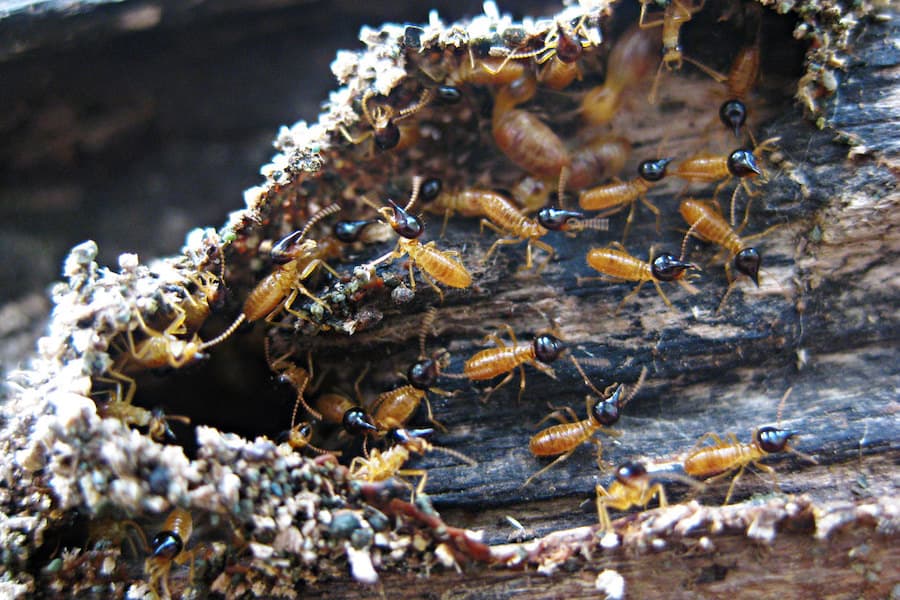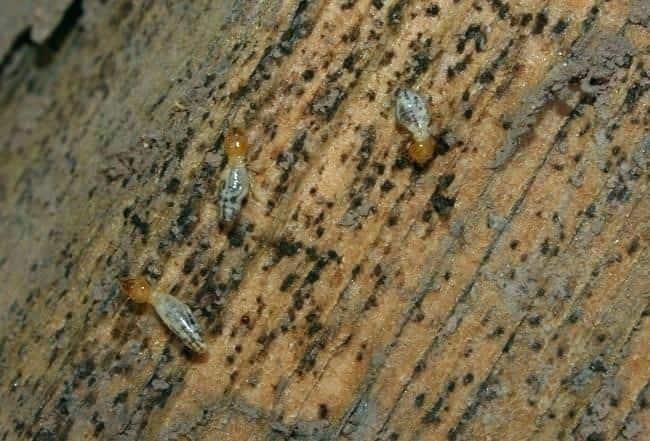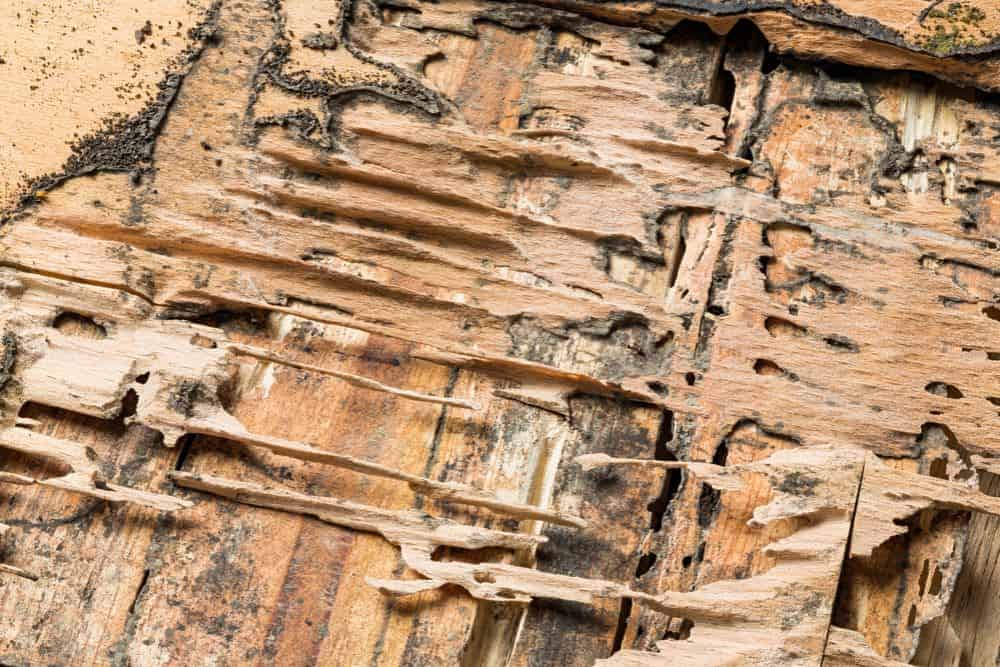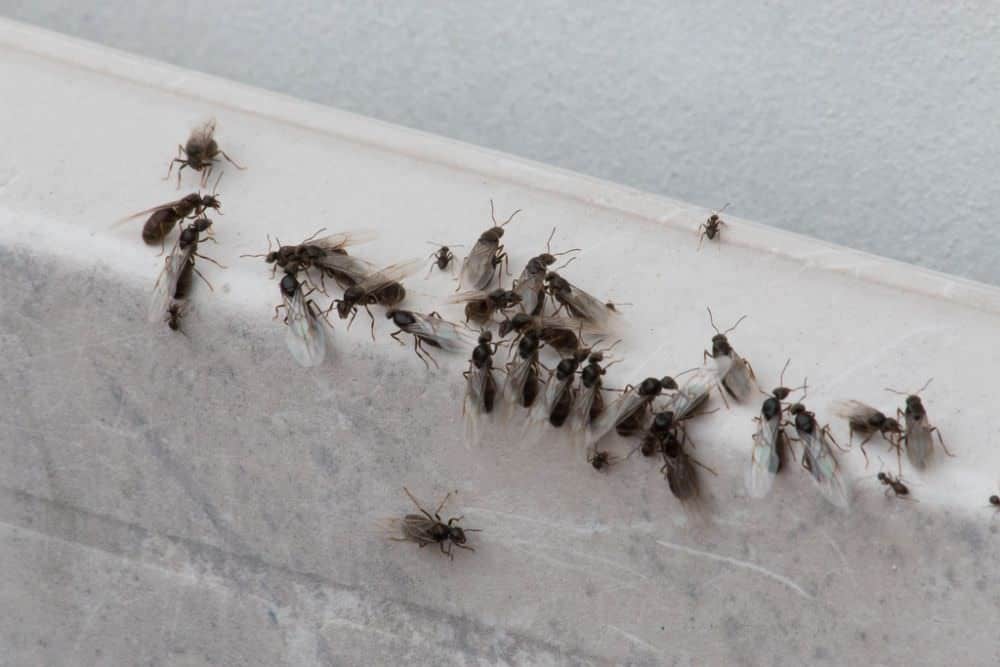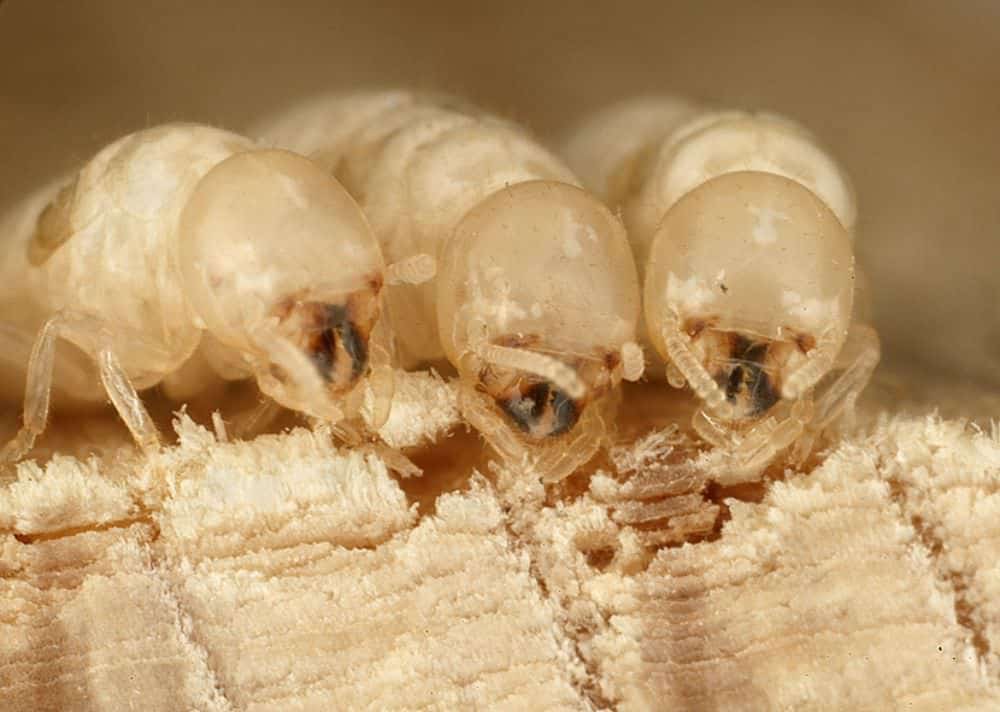Termite Treatment Cost
If you have a termite infestation in your home, it is important to deal with the problem quickly and effectively. However, this process can be costly. Termite control prices can vary for a number of reasons.
There is no set or standardized price for these treatments. There are, however, a number of factors that will affect the charge. This article will give you an idea of the different considerations that may determine the cost of treating termites.
What Factors Are Involved in Termite Treatment Prices?
Not all termite problems are the same, so it’s impossible to give a specific price to treat a termite infestation. A number of different factors impact the amount it costs to treat termite problems.
Size of Infestation
First and foremost, the size of the problem will influence the price. The bigger the problem, the more it will cost to sort out. This really is quite logical. If you have a small number of termites it will be cheaper to treat than an entire house infestation.
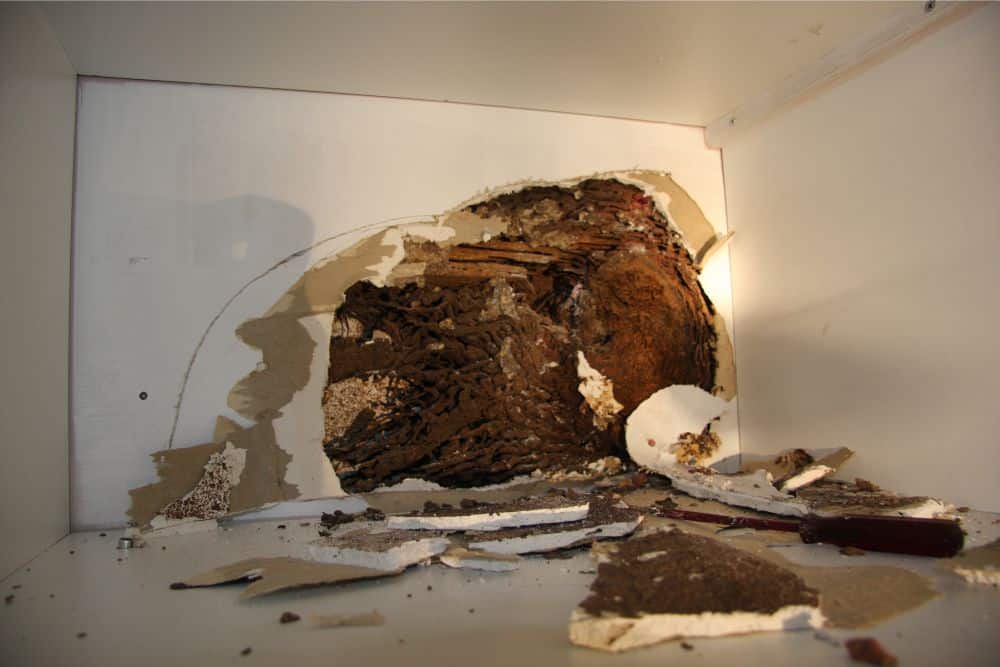
If the infestation is limited to one room, then this will cost much less than having to treat the entire house. You may even wish to buy a good quality termite killer spray to fix the problem; but then again, you may which to seek professional assistance first, even for a seemingly small infestation.
Age of Infestation
The number of termites may be large, or might have spread to multiple areas of the house. However, if the population is relatively young, their colony could be easier to exterminate. An older infestation is more difficult to treat.
Your pest control specialist will try to establish how old the infestation is. This basically means how long they have been living in your house and feeding on your home’s wood. An older colony of termites will typically be deeper and more populous. Therefore, it will be more costly to deal with.
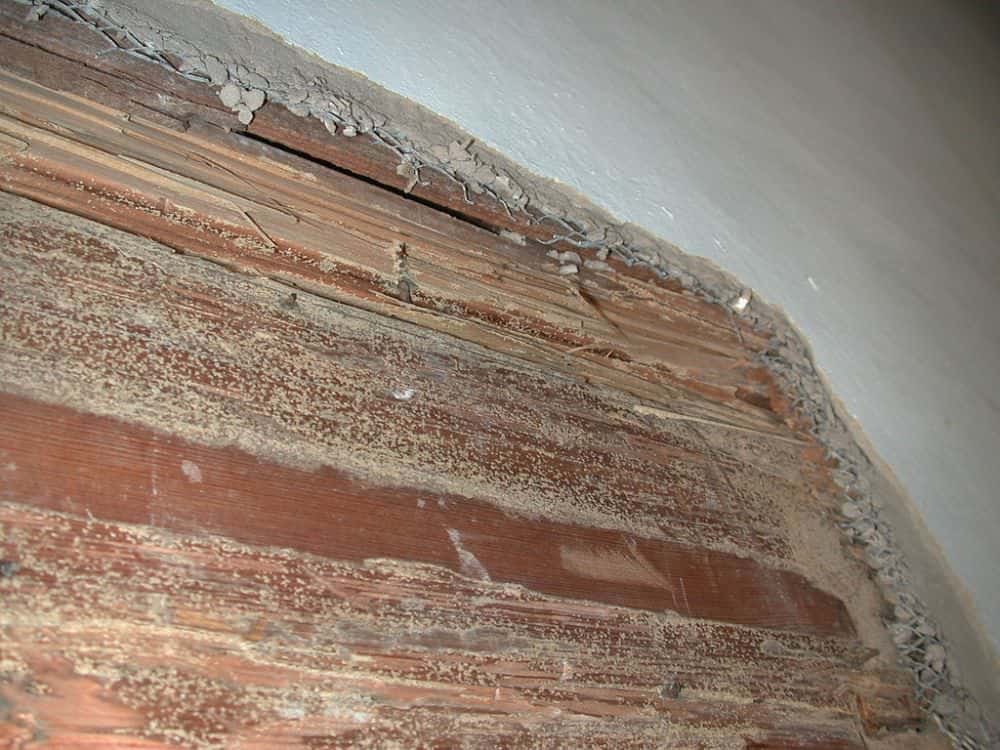
Usually, age and size are directly linked. Older infestations will typically be larger. This can also be linked to the conditions of your house. If you are providing a good habitat for the termites to thrive, they are likely to stick around.
A pest inspector will use a variety of professional tools to try and accurately determine the age of the colony. They may use termite radars or fiber optical borescopes. Termite colonies can be over ten years old in some cases. A colony this old would require costly and extensive treatment.
Location of Infestation
The location of a termite nest may be extremely difficult to pinpoint. It can be easier to spot areas of termite damage, as these will usually be areas where the insects go to feed. Finding the nest, where the food is transported back to, is a much more difficult task.
This is because termites live beneath the surface and out of sight. The cost of the treatment can therefore depend on how difficult it is to locate the nest itself.
Once located, the actual location of the nest can also push the price up. For example, a subterranean termite colony may be in the garden. This will most likely be easier to effectively treat than one that is inside a wall of your house.
Type of Termites
Before treatment begins, a pest control expert will determine what type of termite you have. The two most common types of termites that cause damage to homes are subterranean termites and drywood termites. It is not easy to conclude which kind of termite is easier to treat. The type alone won’t be the determining factor in the cost.
This is because each termite related case is different. As we’ve discussed, it also depends on where and how far the termites have spread. Other factors include the damage they have caused and the type of treatment required to kill them.
Treatment Type
After the termite type, size of colony and extent of damage have all been determined, different treatment options will probably be recommended. Smaller termite problems, for example seeing a few holes around a window frame, may only require spot or surgical treatment. You may then be advised to replace the wood with new, termite-treated wood. Treated wood will help to prevent the development of further infestations in the future.
On the other hand, older, more established infestations could have spread throughout the house before being discovered. If an extensive colony is living and feeding on your home, you may require a whole-house fumigation.
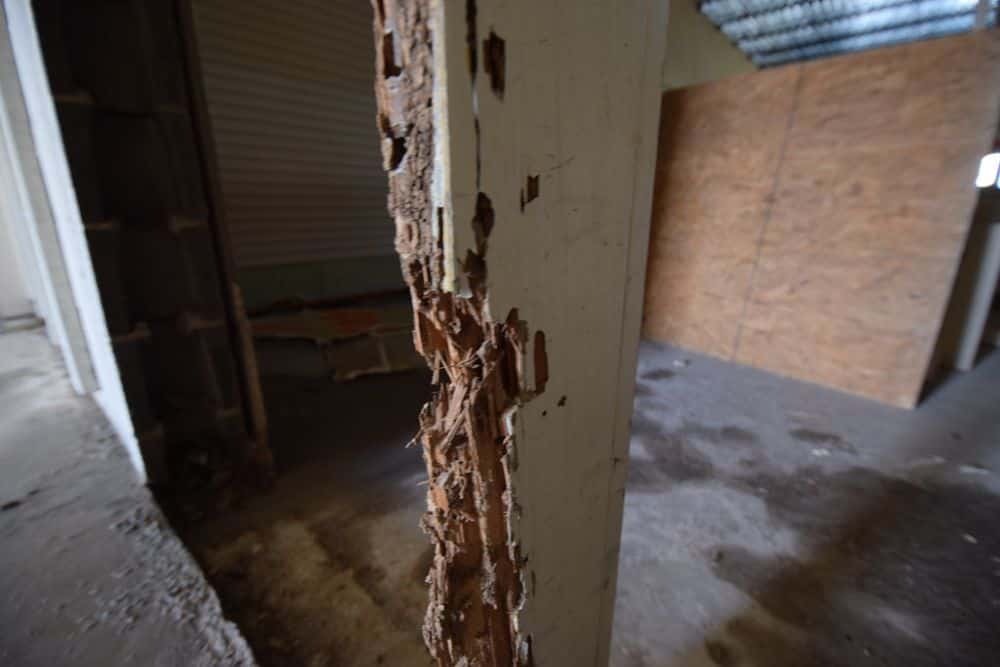
This involves moving out of the house, tenting the entire property and pumping it full of gasses. The property will have to be left for a number of days in order to successfully kill all the termites. This means that in addition to the extermination costs, you may have hotel bills as well.
Following this treatment, you might still have to spend more money. It is always wise, following a fumigation treatment, to replace any damaged wood with new wood. This new wood should be treated against termites, to help prevent future infestations.
Service Provider
Who delivers your service will also affect the final cost. If you use a local, or smaller, pest control company, they may be cheaper than a larger or national chain. Using a professional service will almost always be more expensive than trying to treat the problem yourself.
Despite the higher cost, it is almost always worth hiring the services of a professional. Termites are notoriously difficult to accurately locate and exterminate. You may end up paying twice if you try a DIY treatment that fails. You also risk having the infestation spread further.
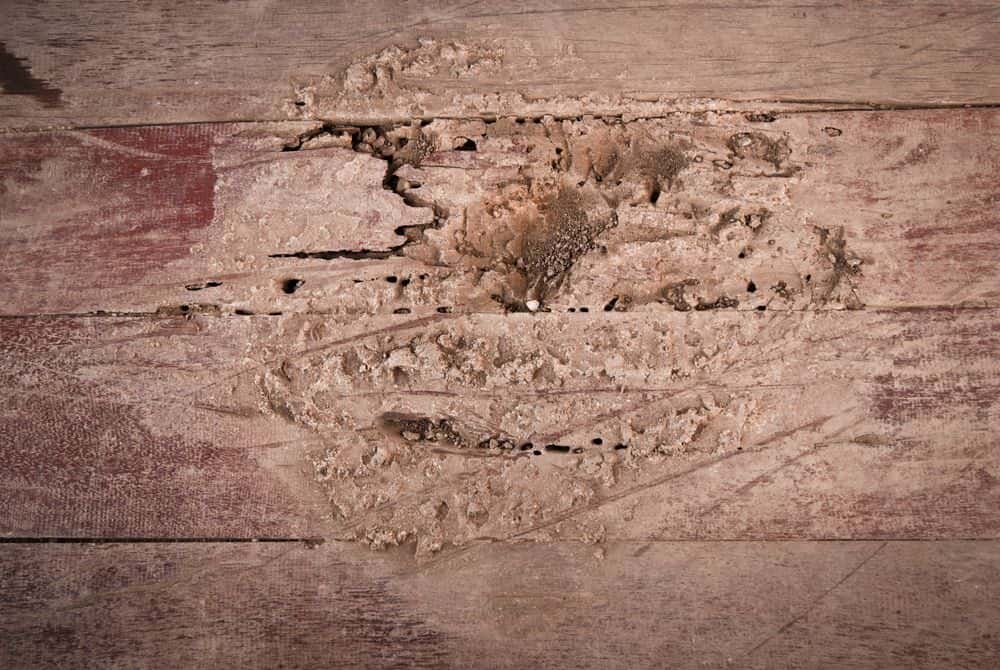
Time really is of the essence and it is important to deal with the problem as soon as you identify it. However, take a little time to compare the prices of a few different service providers, to ensure a fair price.
This includes comparing the prices of both local and national companies. This will give you an idea of who is offering the best deal for your particular circumstances.
How Much Do Common Termite Treatment Methods Cost on Average?
As we have explained, the cost of treating termites in your home will depend on a number of factors. There are quite a few when it comes to dealing with termites. All of these will reflect on the final price.
Based on average prices, I have provided some approximate costs for a variety of termite treatments. These prices will vary, depending on the state or city that you live in. For example, large cities like New York for Los Angeles tend to be more expensive than smaller towns.
Termite Tenting
This treatment involves completely covering the house in a large tent made of tarps. Once covered, toxic gases are pumped into the house to treat and kill the termites. The treatment requires evacuation of the house to avoid causing any harm to residents, both humans and pets.
Termite tenting is one of the most expensive treatments available and can be used to treat large infestations of drywood termites. The cost of this treatment varies depending on the size of your house. The average cost of a 1,250 square foot house can be anywhere between $1200 and $2500.
Larger houses push the cost up even more. A 2,500 square foot house can cost on average between, $2,200 and $3,800.
Possible Negatives of Tenting
Tenting does not always kill termite eggs, so you are not guaranteed a termite free house, even at this high cost. It also won’t prevent the re-establishment of further colonies. Wood has to be treated at extra cost to help protect your house against re-infestation. Finally, tenting only kills drywood termites and not subterranean termites.
Chemical Extermination
This is a very similar process to tenting, but is used to treat smaller areas. A tarpaulin will be placed over the affected area only.
Chemicals will then be pumped inside to destroy the termites. Just as with tenting, you will have to evacuate the house, along with family and pets, for extra safety.
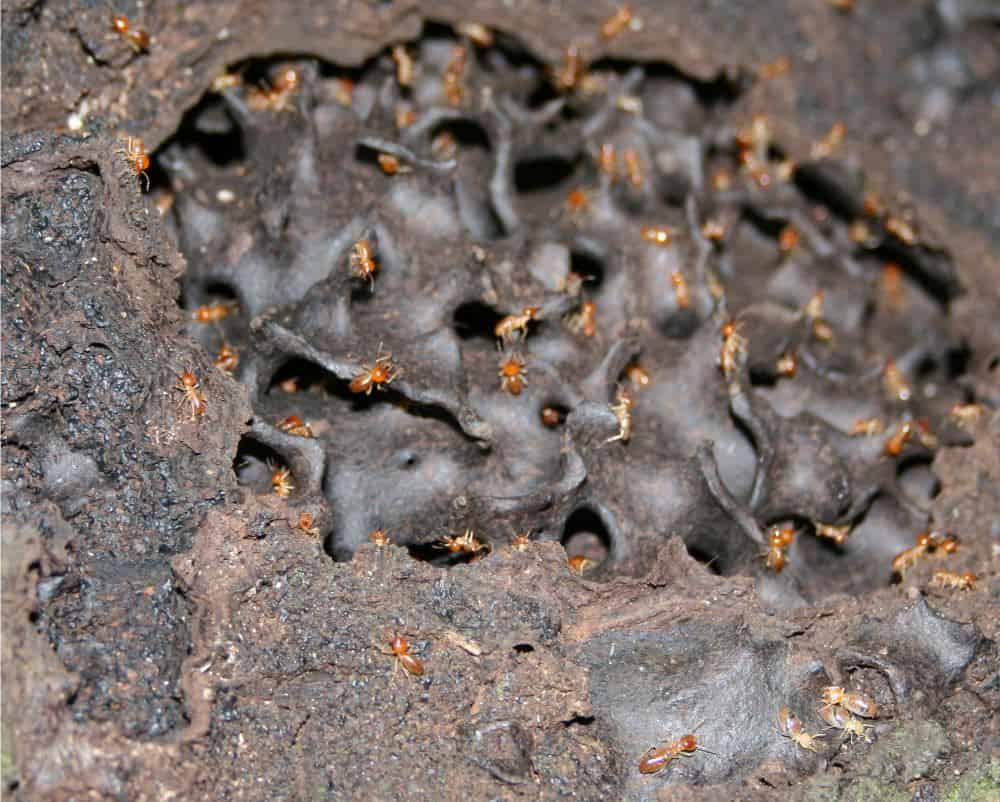
Following treatment, the structure should be allowed to air properly for a few days before entering again. The cost of chemical extermination is typically calculated in linear feet. For example, an area that is 150 linear feet will cost on average $1350 to $2,500 to treat.
Again, larger properties will cost more to treat. A home that is 200 linear feet can cost on average $1,700 to $3,200 for a chemical extermination treatment.
This treatment is not exactly cheap. However, it is effective at wiping out most types of termites, along with their eggs.
Possible Negatives of Chemical Extermination
As with tenting, chemical extermination doesn’t prevent the re-establishment of further colonies. Further expense is needed to treat damaged wood and help prevent new colonies forming.
Termite Heat Treatment
Heat treatments are the most environmentally friendly methods of dealing with termites. As this method uses no chemicals for pesticides, it is great if you are looking for a more natural approach.
This treatment does not require you to move out with your family and pets. Therefore, it is arguably less disruptive than chemical-based treatments.
High power heaters are used to blow hot air into the affected areas of your home. These machines are so powerful that they can cause the temperatures in both interior and exterior walls to reach 130 degrees Fahrenheit. This heat is too hot for the termites to withstand. A termite will only be able to survive for about ten minutes in temperatures above 125 degrees Fahrenheit.
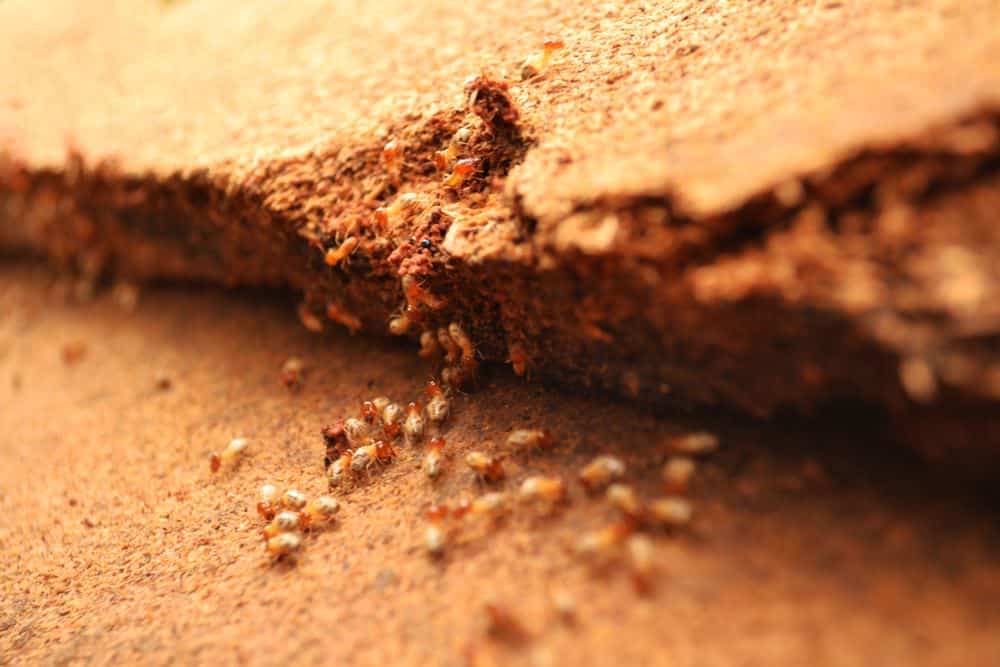
This treatment costs around $2,500 to treat a 2,500 square foot home. Another great factor about this treatment is that it is quicker than chemical-based treatments.
Possible Negatives of Heat Treatments
As with the other types of treatment options mentioned, heat treatment does not provide protection against termites in the future. Wood will require replacement, and this should be treated. This extra cost is necessary to prevent termites.
Termite Baiting Systems
These treatments work to kill all types of termites. However, certain types of termite may need a specific type of bait. These systems are typically positioned under the ground. They may also be placed above ground in a badly affected area.
Termites are attracted to the bait and will feed on it. This bait is toxic and poisonous to the termites. Once transported back to the nest, other termites feed on the poison. Before you know it, you have no more termites.
The cost of a baiting system depends mainly on the size of the colony itself. Larger colonies will need more bait stations in order to get sufficient amounts of the poison inside the nest. Prices can range anywhere between $800 and $3,200. This price can be reduced if you opt for a DIY bait system.
Possible Negatives of Baiting Systems
If you opt for a baiting system, it can take a long time to effectively wipe out the colony. It can also be less accurate than other treatments as it’s difficult to check how effective the system has been. Finally, as with all of the other options, baiting systems can’t provide protection from future infestations of termites.
Summary
When it comes to treating a termite problem in your home, the prices vary depending on a number of different factors.These factors include the type of treatment, the size of your house and the size of the colony. A pest control expert will be able to give you advice on the most effective treatment for your specific problem.
Be sure to compare termite control prices from different companies in your area. This will ensure you get the best deal possible. Ask other people for their recommendations. It is a good idea to inquire about pest control contracts too. These plans can help keep your house protected against termites and help to prevent any future infestations.

